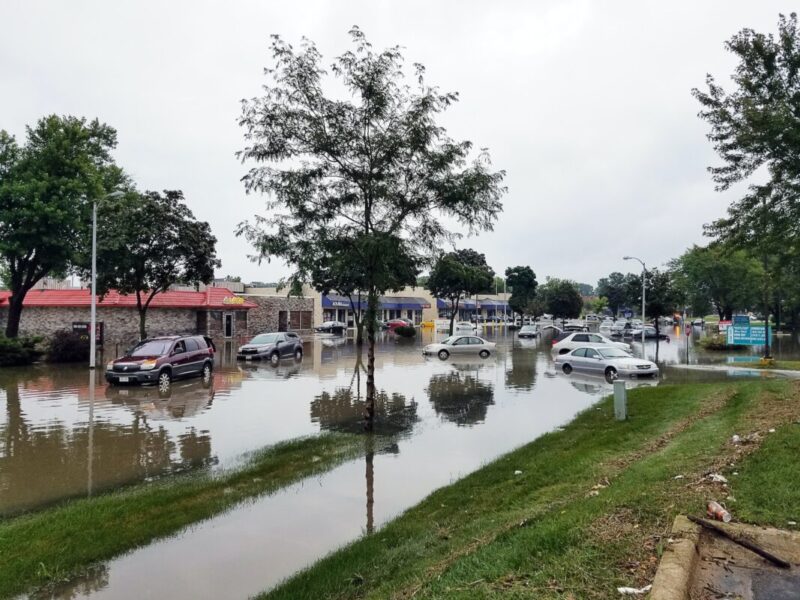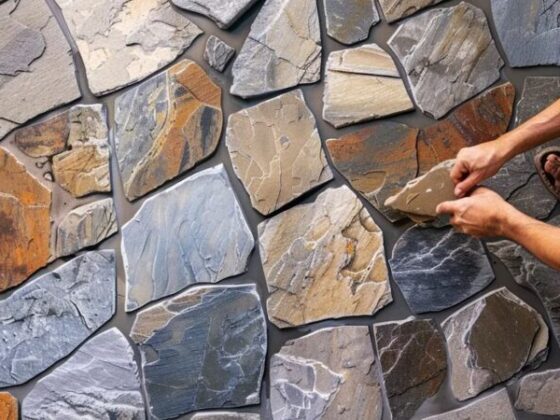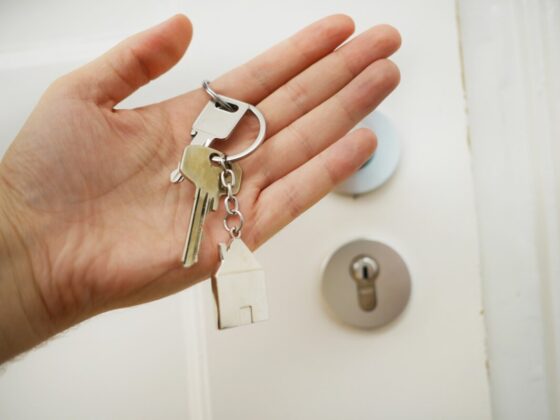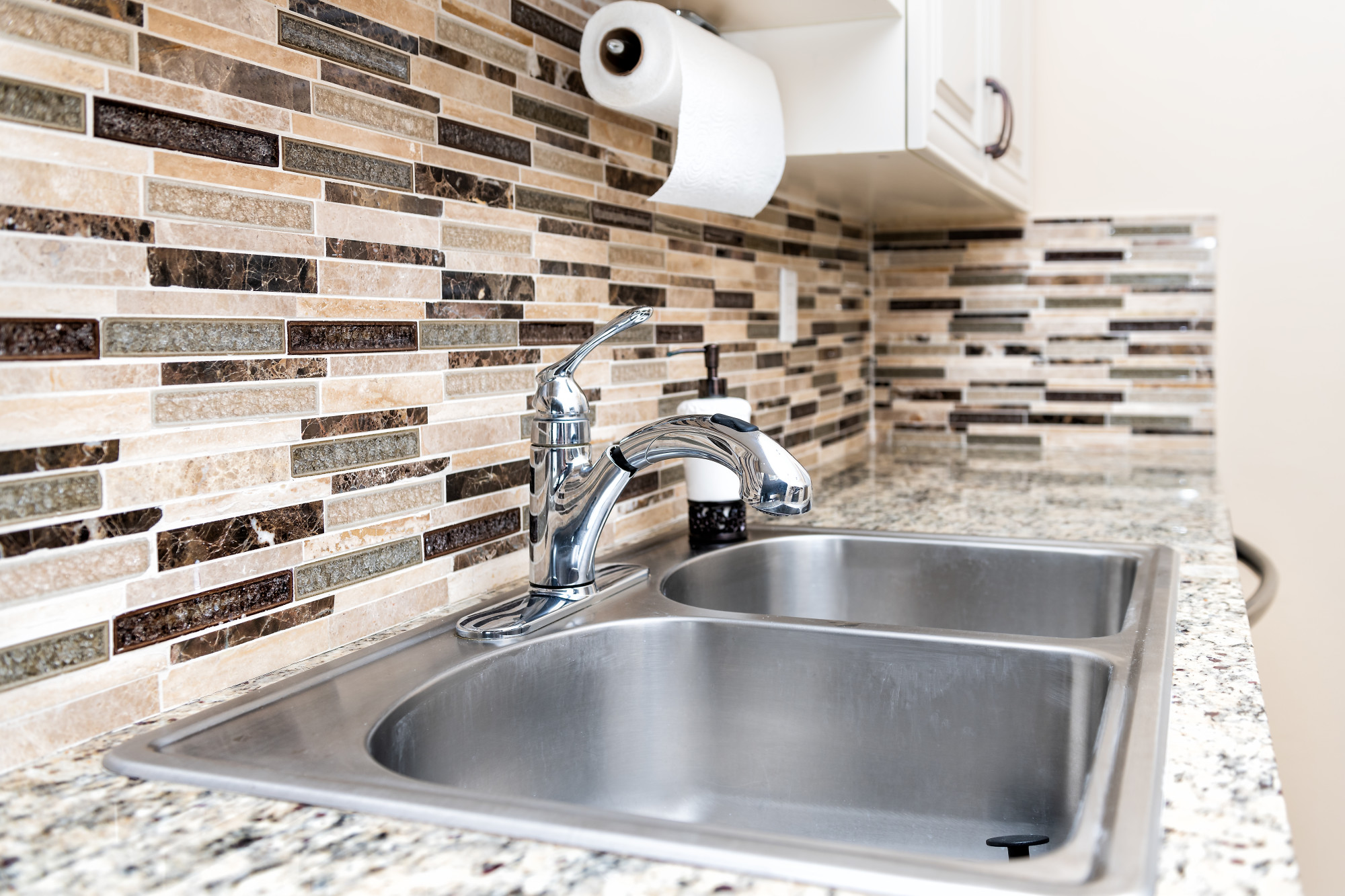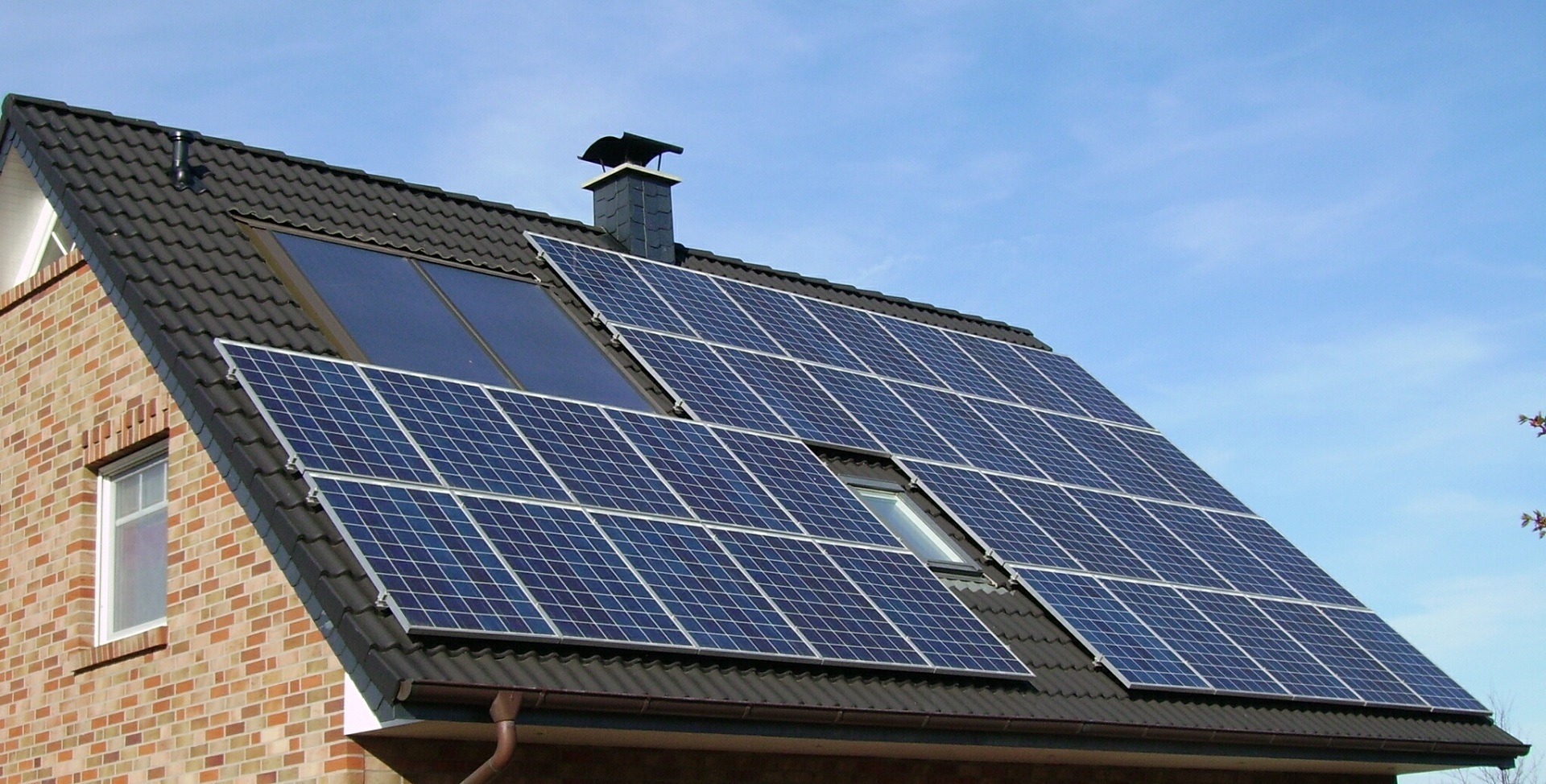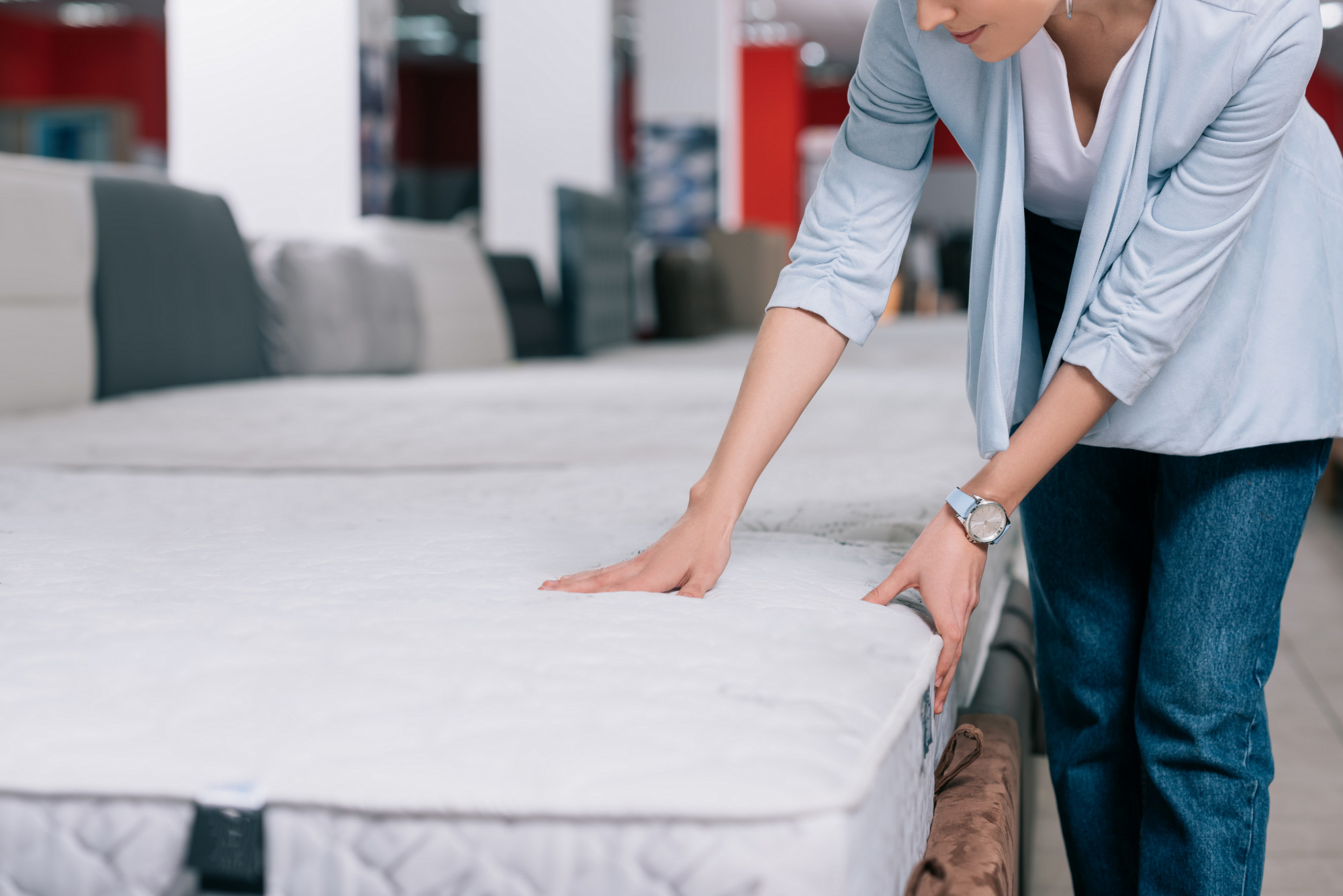One of the soul-chilling fears of any homeowner is unwanted water at home as a result of a leaky plumbing system, burst pipes, heavy rain, or various natural disasters. Even with all preventive measures in place, water damage sometimes is inevitable, so it’s always good to know how to tackle the issue at the outset.
You can furnish yourself with buckets, old towels, and disinfectants in an attempt to manage the situation on your own; however, water damages not only surfaces but can affect worn-out wiring or construction let alone toxic mold and pathogens.
If you face a true disaster other than just a leaky kitchen faucet, you’d better entrust home restoration, water damage related, to pros. Read below to learn why you need qualified assistance to manage water issues and why time is the topmost parameter for successful and budget-friendly restoration.
Categories & Classes of Water-Related Damage
Damages caused by water range greatly, from ordinary leaks under the sink and clogged toilets to slab leaks and burst drainage pipes. In fact, even a small leak can turn into a disaster if left untreated for a long time.
According to the IICRC standard, damage from water is classified into several categories given the degree of havoc and contamination:
1st cat. Sanitary or ‘clean water’ damage with no harm to house residents. For example, a leaky sink bend, rainwater, toilet tank, and so on. When left unattended, Cat.1 can turn into Cat. 2 or even 3 because high humidity and standing water are perfect conditions for mold and bacteria growth.
2nd cat. Infected or “gray” water poses a threat to human health and cannot be treated without special protective gear. It is not life-threatening, though. Gray water is known for bacterial suspension that may cause infectious disease.
3rd cat. Unsanitary or “black” water containing pathogens and toxins from sewage pipes. If touched, inhaled, or digested, this water can be deadly. That is why the consequences of Category 3 damage must be treated only by trained pros using adequate protective gear, as well as dedicated water removal and cleanup equipment.
Additionally, water removal & flooding restoration pros mark out four classes of water intrusion that determine the scope of required work:
Class 1. The damage is minimal and requires minimum restoration. Typically, class 1 damage is an overflowing water tank or a leaky sink in a bathroom with tile flooring. The identifying features include a small water volume and low-porosity materials with low moisture absorption.
Class 2. A larger surface area and porous materials with a higher absorption capacity are affected by water intrusion. Carpets, drywalls, furniture, and wooden floors are much more susceptible to water; hence, water remediation is more time and effort-consuming.
Class 3. A large amount of water comes into contact with different porous materials. For instance, walls, ceilings, and carpets are affected by water intrusion. The damage should be addressed immediately to avoid further destruction. Damage restoration requires special equipment like air movers, industrial fans, dehumidifiers, etc to accelerate the drying process. Besides, pros check moisture-affected surfaces for mold infestation using IR detectors. If required, mold remediation procedures are implemented.
Class 4. The damage includes trapped water: some moisture can remain in porous materials or drywalls even after the initial phases of restoration. Class 4 damage requires special tools to pump out water and dry the construction. This type of work should be performed only by experienced specialists.
Identifying a category and class of water damage helps to select the right procedure and method of cleanup and restoration.
Safety First
As stressed as you might be while stricken with undesired water, safety must be the first priority. Evaluate the situation before you enter the affected area and attempt to handle the situation. In most cases, hiring a restoration crew is the most reasoned choice. Why?
- The first thing to do in case of water damage is to shut off the power and water supplies, if possible. If you cannot close water and electricity sources, contact a restoration service provider that provides emergency services 24/7.
- Whatever the source of water is, moisture is the favorite environment for mold spores to spread. Sometimes unnoticeable to the naked eye, mold spreads with lighting speed undermining structural integrity and being hazardous to humans and pets.
- Contaminated water requires special cleanup and restoration procedures. DIY solutions might seem attractive but can lead to higher costs in the future. Without dedicated equipment, such as pumps, IR mold detectors, air blowers, and dehumidifiers, it is almost impossible to get rid of damage caused by water on your own, particularly when you have to handle intervention of class 2, 3, or 4.
- Time is a crucial factor in water damage-related repairs and cleanup. The faster you act, the less you will pay. Tackling a problem at its origin saves you time and money, while any delay leads to the worsening of the situation and results in higher costs due to an increased scope of required repairs.
Pros: Cleanup and Restoration Services
Whenever you contact a restoration service provider, a standard procedure will include the following stages:
- Damage evaluation. First, contact pros and describe the situation. Once at the site, the crew assesses the situation and determines methods to tackle the problem.
- Water removal. Equipped with water pumps and/or industrial-grade vacuums, pros extract unwanted moisture from your house.
- Removing valuables and water-affected items to exclude further damage.
- Drying and dehumidifying. Dedicated tools and equipment are required to remove the persistent moisture.
- Final cleanup and sanitization of the damaged surfaces.
Both residential and commercial water cleanup require immediate actions to minimize the damage, the cost of repairs, and downtime (and lost profits – for businesses.)
Conclusion
Hiring pros for water damage cleanup & post-damage remodeling means the job will be done the right way. Superficial cleaning of a damaged house might result in deeper mildew infestation and serious construction defects in the future. Hence, you’d better leave restoration from water damage to specially trained, experienced, and fully-equipped specialists.




